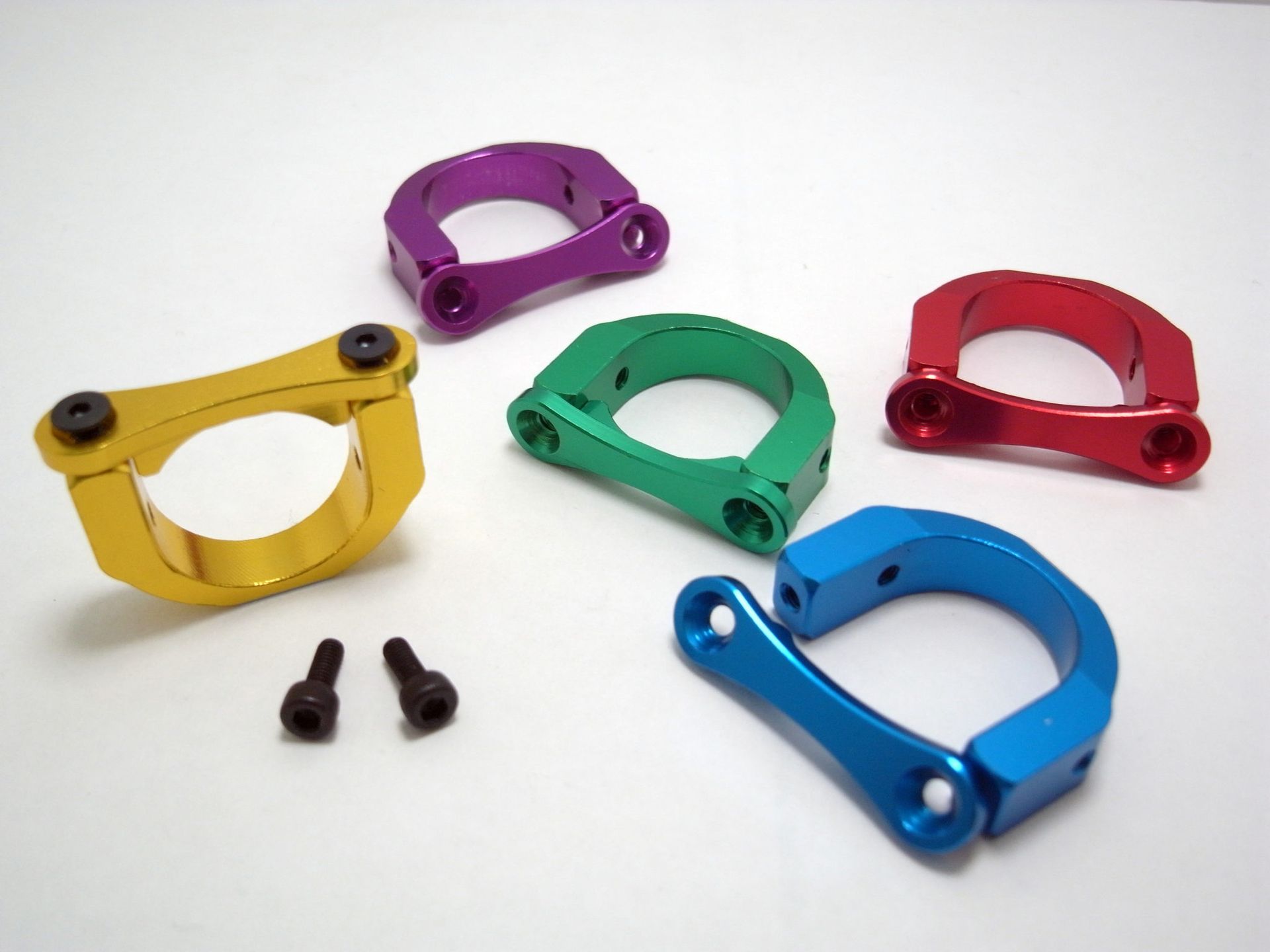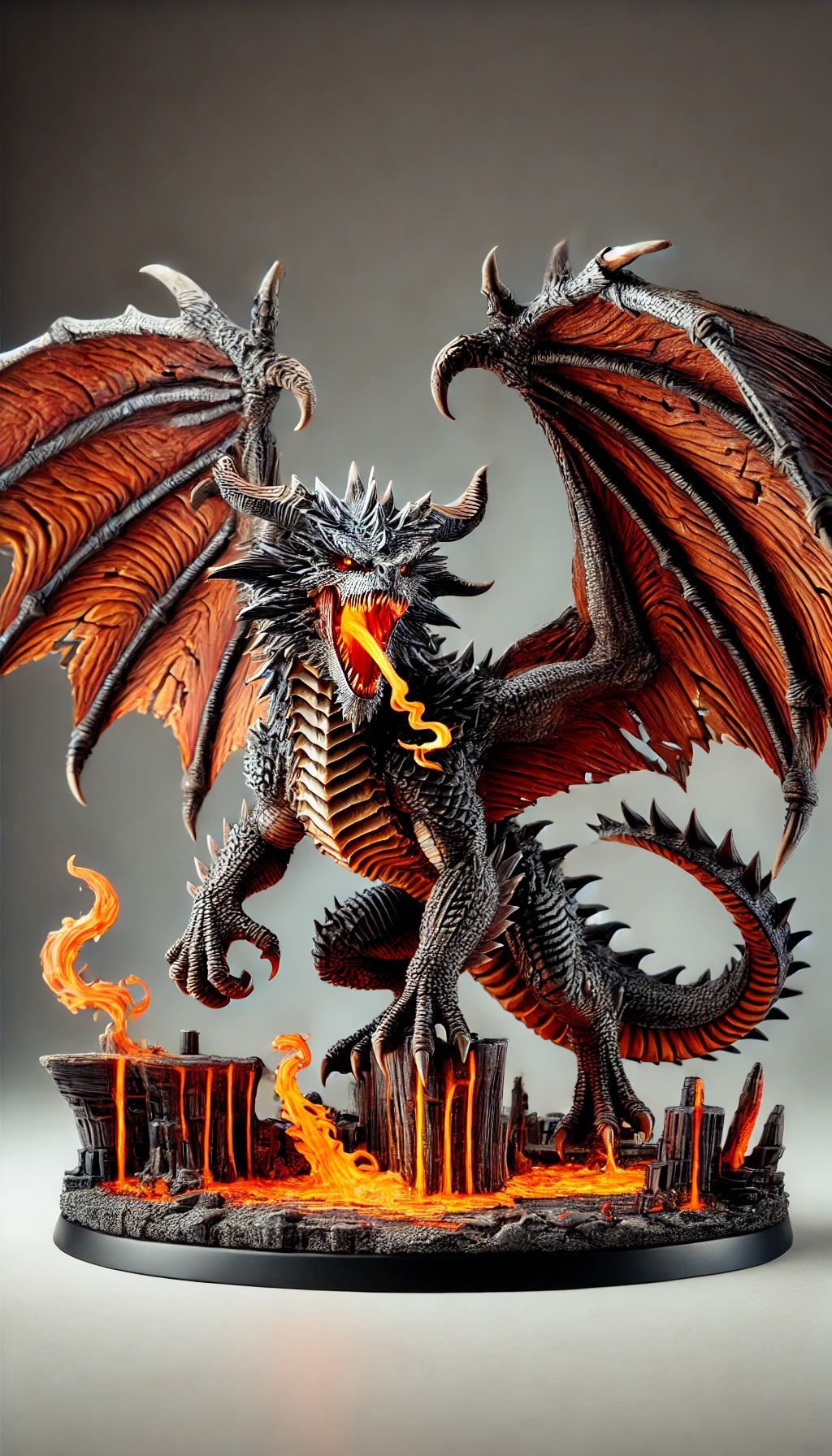3D Printing Services and Technology
Understanding 3D Printing and Its Applications

3D printing, also known as additive manufacturing, has transformed industries by enabling the creation of complex geometries that traditional methods can't achieve.
From what I understand in the market, people have a very loose understanding of the technology and the outcome of the end product.
This is possible because we as consumers are used to the idea of plastic parts being injection molded and the perception is that a plastic part that is 3D printed will have the same surface finish as a part that is injection molded.
What we need to understand is that both processes can and do produce the same finished parts yet through different methods and therefore the end product may perform differently from each other based on the application
This technology involves layering materials to build objects from digital models, offering unparalleled precision and customization. Key applications include rapid prototyping services, where engineers can quickly test and iterate designs, significantly reducing development time and cost.
Leading Printer Manufacturers in the Market

Selecting the right 3D printer is crucial for achieving desired outcomes, whether for industrial applications or educational purposes.
So before setting out to start a print farm, you should consider what type of materials you want to use, the niche market that you want to target and what your budget is.
There are many very good low-cost desktop printers on the market that cost between £2000.00 - £500.00, which will give a very good quality product.
These machines work well for hobbyists and low-batch manufacturing, with materials that are easy to get hold of and they come in a variety of types of materials such as ASA, ABS, PLA, NYLON etc.
The better-known brands for these machines are PURSA, CREALITY, BAMBULAB, but if you have a high budget and you want to start creating products on an industrial scale, there are renowned printer manufacturers such as Stratasys, Ultimaker, and Formlabs lead the market with innovative solutions that cater to various needs, from industrial-grade machines to user-friendly options for beginners.
These manufacturers are at the forefront of developing technologies that push the boundaries of what’s possible in 3D printing.
Stratasys
Stratasys is a pioneer in the 3D printing industry, known for its robust and versatile printers that cater to a wide range of industrial applications. Stratasys offers several key models, including the FDM (Fused Deposition Modeling) and PolyJet series.
The FDM series, such as the F900, is renowned for its ability to produce large, durable parts using high-performance thermoplastics like ABS, ASA, and ULTEM. The PolyJet series, like the J850, excels in producing high-resolution, multi-material parts with fine details and smooth finishes.
- Model: Stratasys F900
- Build Volume: 914 x 610 x 914 mm
- Layer Resolution: 0.127 - 0.330 mm
- Materials: ABS, ASA, PC, Nylon, ULTEM
- Model: Stratasys J850
- Build Volume: 490 x 390 x 200 mm
- Layer Resolution: 0.014 mm
- Materials: Vero, Agilus, Digital ABS
Ultimaker
Ultimaker is known for its reliable and user-friendly desktop 3D printers, making it a favorite among professionals and educators.
The Ultimaker S5 is their flagship model, offering a large build volume, dual extrusion capabilities, and compatibility with a wide range of materials, including PLA, ABS, Nylon, and TPU.
Ultimaker printers are equipped with advanced features like automatic bed leveling, filament flow sensors, and integration with Ultimaker's Cura software, providing a seamless printing experience.
- Model: Ultimaker S5
- Build Volume: 330 x 240 x 300 mm
- Layer Resolution: 0.02 - 0.2 mm
- Materials: PLA, ABS, Nylon, TPU, PVA
- Model: Ultimaker 3
- Build Volume: 215 x 215 x 200 mm
- Layer Resolution: 0.02 - 0.2 mm
- Materials: PLA, ABS, CPE, Nylon, PVA
Formlabs
Formlabs specializes in resin-based SLA (Stereolithography) 3D printers, known for their high precision and exceptional surface finish.
The Form 3 and Form 3L are part of their latest line-up, featuring Low Force Stereolithography (LFS) technology, which significantly reduces the force exerted on parts during printing, leading to improved print quality and reliability.
Formlabs printers support a variety of resins, including standard, engineering, and biocompatible resins, making them suitable for a range of applications from prototyping to end-use parts.
- Model: Formlabs Form 3
- Build Volume: 145 x 145 x 185 mm
- Layer Resolution: 0.025 - 0.3 mm
- Materials: Standard resins, Engineering resins, Dental resins, Biocompatible resins
- Model: Formlabs Form 3L
- Build Volume: 335 x 200 x 300 mm
- Layer Resolution: 0.025 - 0.3 mm
- Materials: Standard resins, Engineering resins, Dental resins, Biocompatible resins
Exploring 3D Printing Services

Technical Capabilities and Offerings
3D printing service providers in Southampton, Hampshire, will have a range to technologies at their disposal which will enable the production of a variety of products and finishes. Most of these services will also offer a 3D Modeling service to provide CAD design support for customers that would require an electronic model of their part to be created.
It is important in this modern electronic age we live in to understand that to create a physical product using these services a 3D model is required
These facilities typically feature a range of advanced 3D printers, including:
- Fused Deposition Modeling (FDM): Ideal for rapid prototyping and functional parts, using thermoplastic materials like ABS, PLA, and TPU.
- Stereolithography (SLA): Utilized for creating high-resolution models with intricate details and smooth surfaces, using photosensitive resins.
- Selective Laser Sintering (SLS): Suitable for producing durable and complex geometries from nylon and other polymers.
- Direct Metal Laser Sintering (DMLS): Essential for manufacturing robust metal parts with high precision, used in industries like aerospace and medical devices.
It is also important to note that each service provider will vary and not all will be able to provide the same level of service across all the technologies listed above.
These providers also offer a variety of post-processing options to enhance the final product, including sanding, polishing, painting, and coating, ensuring that the printed parts meet the exact specifications and aesthetic requirements, yet I must also state that not all the service providers will offer all or any of the post-processing options, in fact, most will not offer any post-processing.
Customization and Flexibility
One of the significant advantages of utilizing 3D printing services is the level of customization they offer. This is because the 3D Model in a STEP file format can be modified using most modern CAD Software packages on the market meaning that even when buying a product off a reseller website, the product can be personalized before it is printed.
Where this technology surpasses traditional manufacturing is that 3D Printing will allow you to produce parts with very complex geometries that could not be produced using a traditional CNC machine
Businesses can produce unique, one-off items or small batches without the need for expensive molds or tooling. This flexibility is particularly beneficial for creating custom medical devices, bespoke automotive parts, and tailored consumer products.
Additionally, the ability to quickly iterate designs based on feedback accelerates the product development cycle, allowing for rapid adjustments and improvements.
Rapid Prototyping Services Near You
We know that electronic CAD Software was only developed in the 1990's and was only commercially available around 1995, so anything that was produced before that time is likely not to have any electronic data.
This is where a Rapid Prototyping and a Reverse engineering service comes in very handy especially now with 3D Printing being so commonplace
Rapid prototyping is a cornerstone of modern manufacturing, allowing companies to quickly create and test prototypes before committing to mass production. In Southampton, Hampshire, local providers of rapid prototyping services offer a range of capabilities that include:
- CAD Modeling and Design Assistance: Expert designers help translate ideas into digital models, optimizing them for 3D printing.
- Material Selection: Guidance on choosing the right material based on the prototype’s intended function, mechanical properties, and aesthetic requirements.
- Speed and Efficiency: With advanced printers and streamlined processes, prototypes can be produced in a matter of hours or days, significantly reducing the time to market.
The Safety of TPU in 3D Printing

Thermoplastic Polyurethane (TPU) is a versatile and widely used material in the 3D printing industry, valued for its flexibility, durability, and resistance to abrasion.
However, one critical consideration for its use, especially in applications involving food contact, is its safety. The question, "Is TPU food safe?" often arises among manufacturers and consumers alike.
To address this, we must delve into the material properties, technical specifications, and regulatory standards that determine the suitability of TPU for food-related applications.
Technical Data and Material Properties
TPU is a class of polyurethane plastics known for their elasticity, transparency, and resistance to oil, grease, and abrasion.
It combines the best properties of plastic and rubber, making it an ideal choice for parts requiring high wear and tear resistance.
The material properties of TPU include:
- Shore Hardness: TPU comes in various hardness levels, typically ranging from 60A to 95A on the Shore hardness scale. This range allows for different levels of flexibility and rigidity, depending on the application.
- Tensile Strength: TPU exhibits a high tensile strength, often between 30 to 50 MPa, which provides excellent mechanical performance and durability.
- Elongation at Break: TPU can stretch significantly before breaking, with elongation at break values ranging from 400% to 800%, contributing to its flexibility and resilience.
- Abrasion Resistance: TPU’s superior abrasion resistance makes it suitable for applications that undergo frequent mechanical stress.
Food Safety Considerations
To determine if TPU is food-safe, it is essential to consider the following factors:
- Regulatory Compliance: TPU used in food contact applications must comply with regulatory standards set by organizations such as the U.S. Food and Drug Administration (FDA) and the European Food Safety Authority (EFSA). These standards specify the types of chemicals that can be used in the material and the permissible limits for substances that may migrate from the material into food.
- Chemical Composition: The chemical composition of TPU must be carefully controlled to ensure that it does not contain harmful additives or contaminants that could leach into food. Food-grade TPU formulations typically exclude certain plasticizers, stabilizers, and colorants that are not approved for food contact.
- Migration Testing: Migration testing involves assessing the potential for substances to migrate from the TPU material into food. This testing is crucial for determining the material's safety, especially when in contact with different types of food and under various conditions (e.g., temperature, duration of contact).
- Certification: Manufacturers of food-grade TPU often provide certification documents indicating compliance with relevant food safety regulations. These certifications are essential for ensuring that the material is safe for use in food-related applications.












